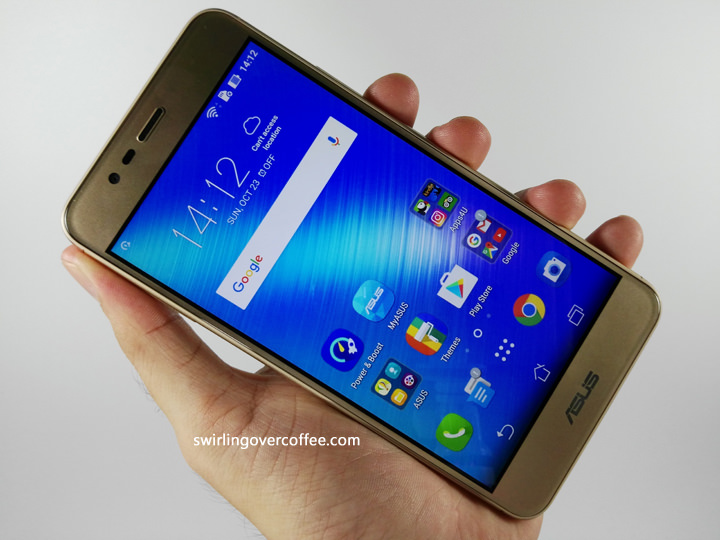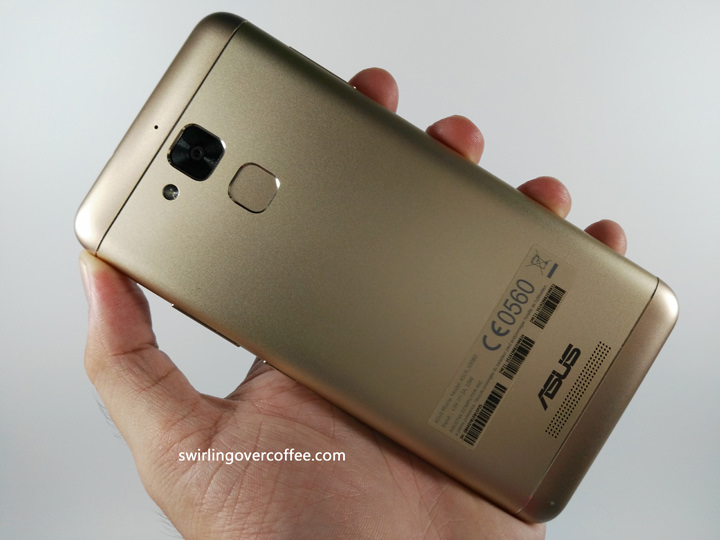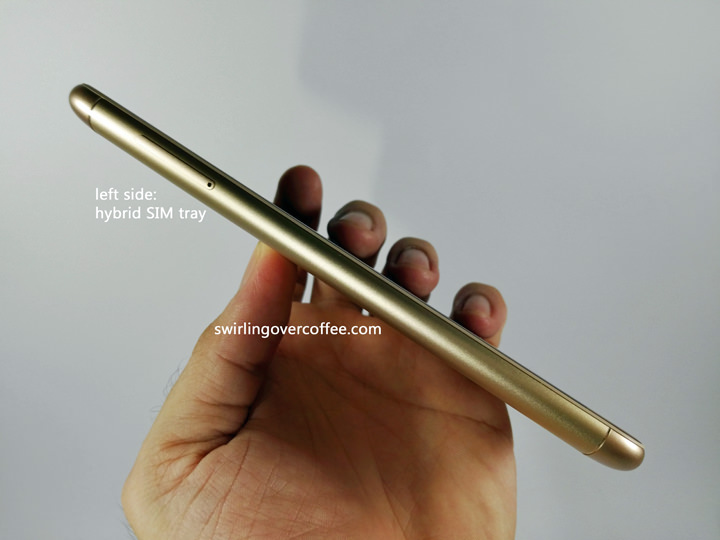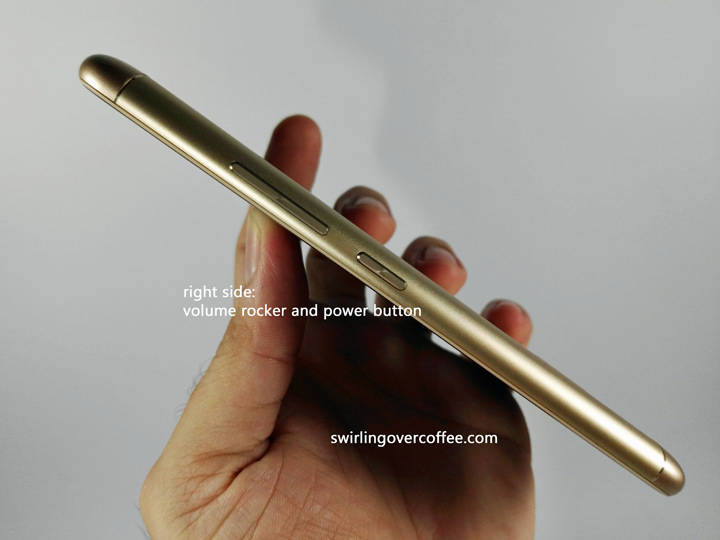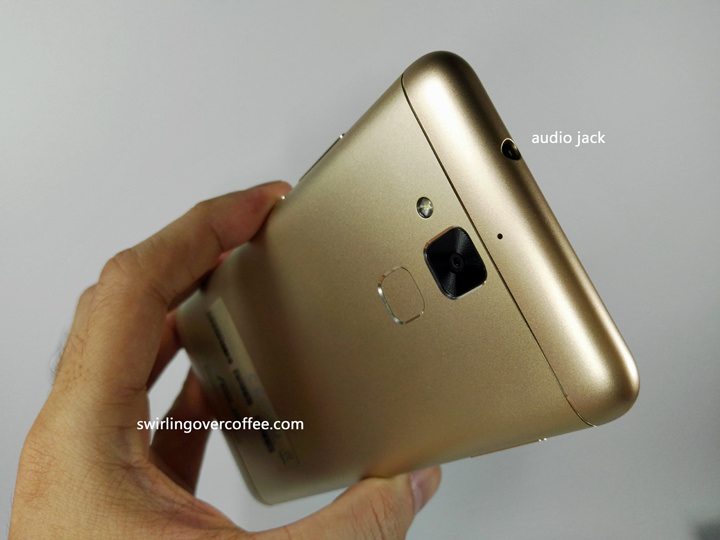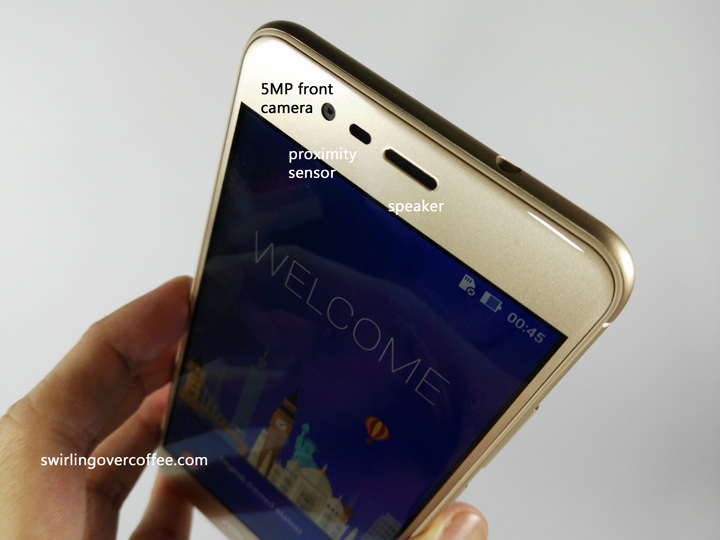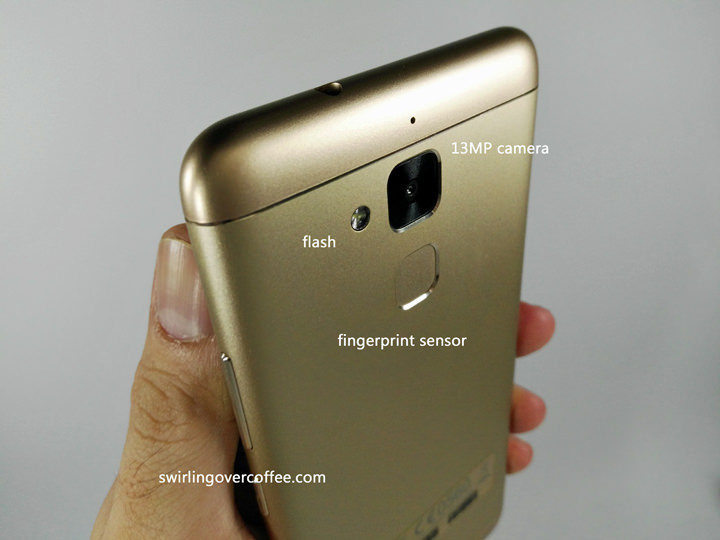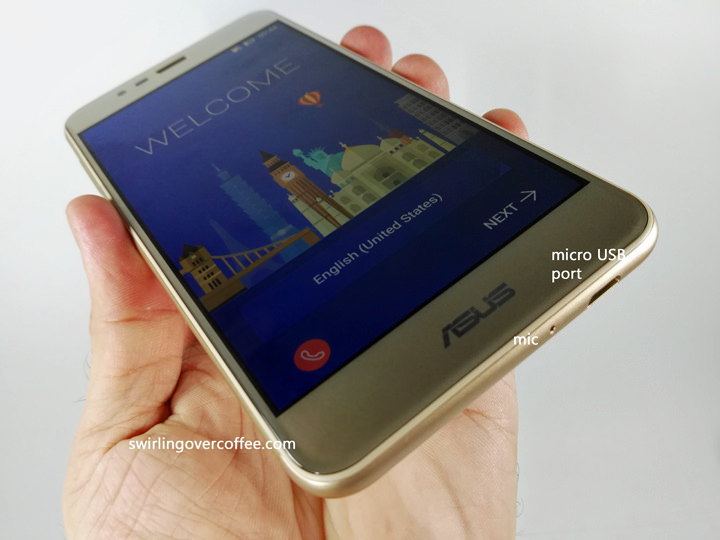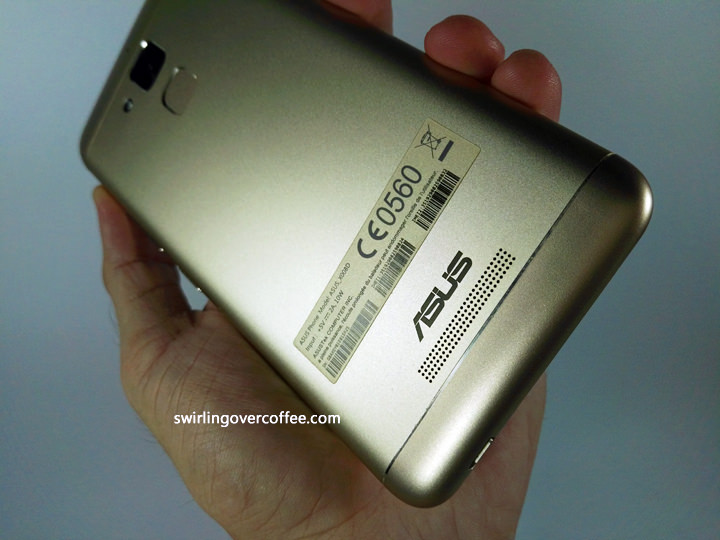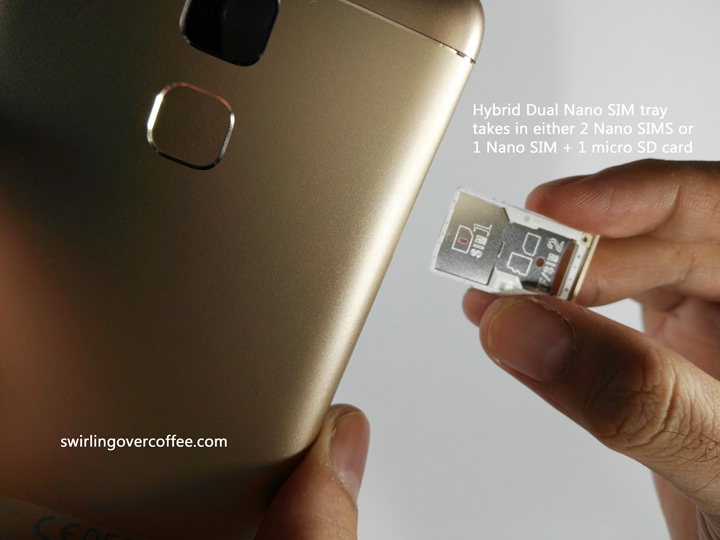The ZenFone Max is the powerbank-phone line up of ASUS. We loved last year’s ZenFone 2 Max, and now we’re unboxing one variant of the ZenFone 3 Max, the 5.2 inch version. It has a smaller screen size and battery capacity (4,100 mAh) and is clearly aimed at those who want to bring small phones without an extra power bank. As of this writing, there’s no word about the local availability of the ZenFone 3 Max 5.5 inch version. We have a video of our unboxing below.
ASUS ZenFone 3 Max (ZC520TL) Full Specs
5.2-inch HD IPS display, 2.5D glass, 1280 x 720 resolution
1.5GHz Quad-core MediaTek MT6737T processor
Mali-T720 MP2 GPU | 3GB RAM
32GB internal storage, up to 128GB via micro SD card slot
13MP rear camera with LED flash | 5MP front camera
Dual SIM (either two nano SIMs or one nano SIM plus one microSD card)
3G, LTE, WiFi, Bluetooth, GPS, A-GPS, Fingerprint scanner
Android Marshmallow 6.0 with ZenUI 3.0
4100mAh battery
SRP 8995
First Thoughts
The ZenFone 3 Max 5.2 (ZC520TL), compared to the ZenFone 2 Max has a smaller screen (5.2-inches versus 5.5-inches) and battery capacity (4,100 mAh versus 5,000 mAh). As such, it may not be fair to compare it to 5.5-inch powerbank phones like the Cherry Mobile Flash S5 Power (6,050 mAh), the Acer Liquid Zest Plus (5,000 mAh), or even against the ZenFone 2 Max (5,000 mAh). Instead, same screen size and price point phones like the Cloudfone Next and the Vivo Y55 are ideal comparisons (but we can’t do that here since we don’t have those phones at hand).
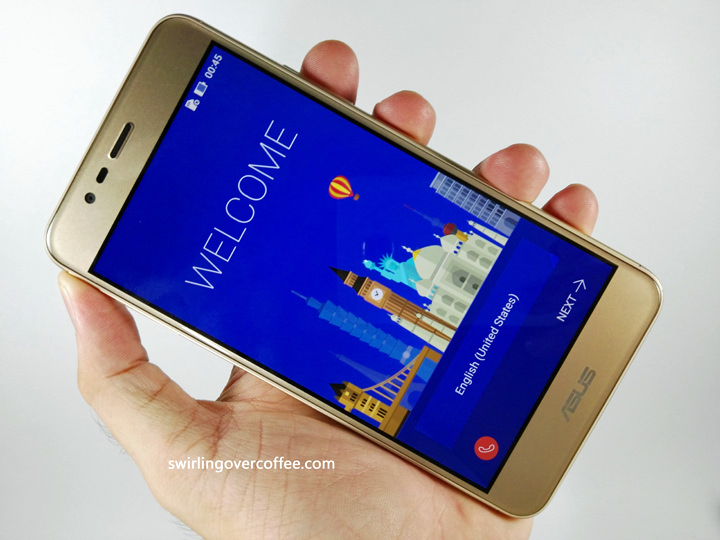
Still, because the 5.2-inch version is the only ZenFone 3 Max available (as of this writing), it will be compared to the previous Max. So let’s get it out of the way. The ZenFone 3 Max 5.2, compared to the ZenFone 2 Max
- leaves behind the curved back with grippy faux leather surface design, opting for a more compact, and slimmer metal body (except for the plastic head and chin) with curved sides. In doing so, it looks like the Huawei GR5 and G8.
- gains a fingerprint sensor and more RAM (3GB); the previous Max only had 2GB RAM.
- forgoes laser autofocus and relies only on Phase Detection Auto Focus, which should still be enough.
- has a smaller screen (5.2 versus 5.5 inches) and battery capacity (4,100 versus 5,000 mAh), but now fits in a smaller and tighter package, making one hand use easy, and is a good choice for those who like small phones.
- gains curved metal sides for comfy holding, plus a stylish 2.D glass for a touch of premium, and even has smaller bezels, but this time the display is not Gorilla Glass.
- retains reverse charging feature, and there’s a FREE USB OTG cable in the box, making reverse charging easy: just connect the USB OTG cable to the charging cable of any Android phone, and connect each end to each phone.
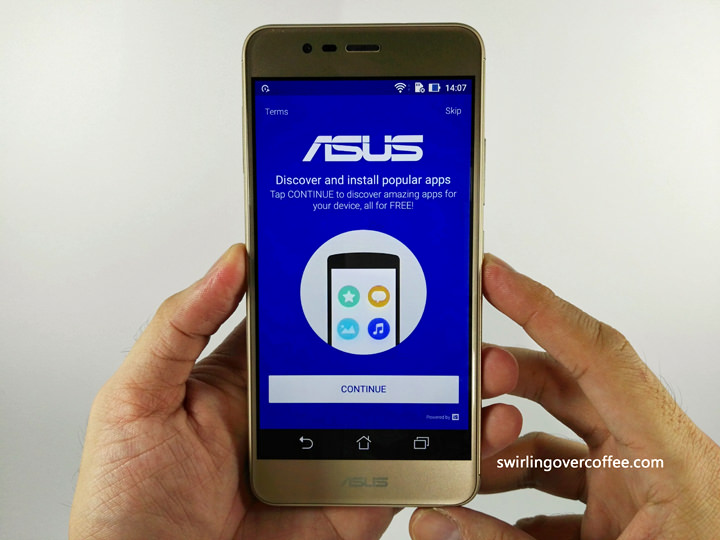
To this list we’ll add that the ZenFone 3 Max 5.2
- does not support fast charging, unlike other budget phones like the Flash Plus 2. (The ZenFone 3 Max doesn’t run on a Qualcomm chipset, so there’s no Quick Charge feature.) But the comes-with 5V 2A charger, hopefully, charges fast enough. We’ll see.
- neither has a free screen protector nor free gel case unlike other sub P9,000 smartphones like the Lenovo A7000 Plus.
- has no camera bump, a design not a lot of budget phones have. Usually, the rear camera protrudes.
- may out-perform other 5-inch-screen phones in terms of battery life and camera image quality (the ZenFone 2 Max has great cameras, although its 2GB RAM choked now and again).
- as with any phone with a large battery, hefty RAM, and a not power-hungry display, the ZenFone 3 Max 5.2 should be a good pocket WiFi device and video marathon phone – these we’re sure of.
- has dual SIM tray but no dedicated tray for microSD card. Either you put in two SIMs, or one SIM and one micro SD card.


![ASUS ZenFone 3 Max (ZC520TL) Unboxing and First Thoughts [Video]](https://www.swirlingovercoffee.com/wp-content/uploads/2016/11/ASUS-ZenFone-3-Max-Unboxing-LEAD-IMG_20161024_015243.jpg)
